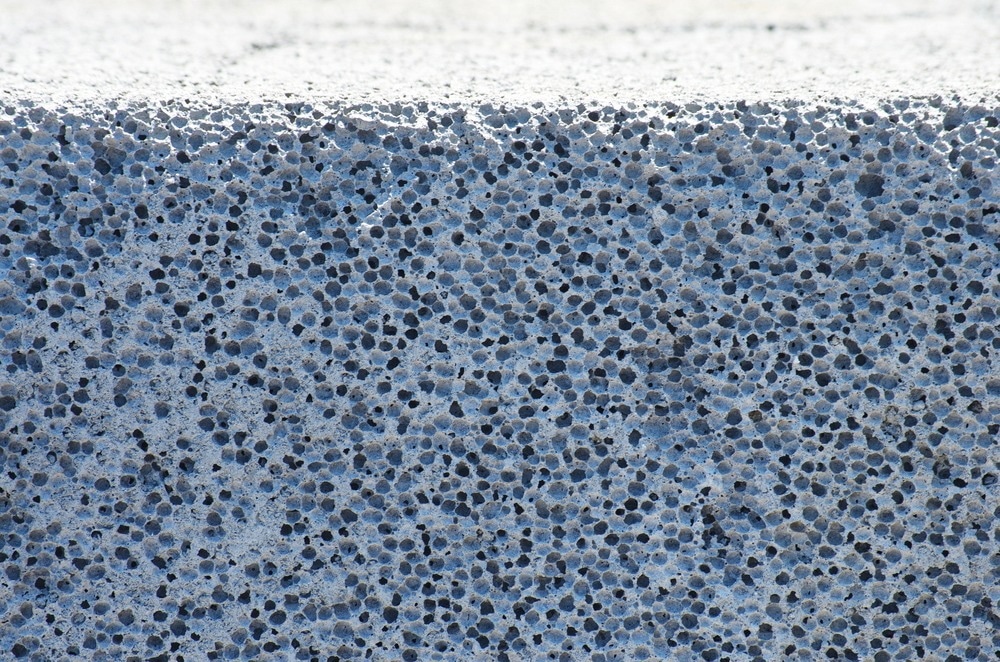An international team of scientists from Saudi Arabia, China, Pakistan, India, and Australia have collaborated on a new paper in Cement and Concrete Composites using machine learning to test foamed concrete.

Study: Estimating compressive strength of lightweight foamed concrete using neural, genetic and ensemble machine learning approach. Image Credit: olpo/Shutterstock.com
What is Foamed Concrete?
Concrete has excellent mechanical and physical properties, especially when reinforced with steel rebars, which makes it an ideal construction material. However, concrete production comes with a huge environmental cost due to its carbon footprint and is a key source of climate change-inducing emissions. Moreover, concrete waste is a major source of environmental pollution.
Several sustainable types of concrete and cementitious additives have been researched in recent decades to partially or fully replace traditional ordinary Portland cement and improve the eco-friendliness of the construction industry, as well as enhance the mechanical, physical, and physiochemical properties of concrete. Foamed concrete is currently being explored by researchers.
This innovative material has a light cellular structure with varying density. Weight reduction in the binding mortar is caused by the inclusion of random air voids. Whilst not a new material, foamed concrete has become the focus of research due to its environmental and cost benefits compared to conventional concrete.
Other names for foamed concrete include low-density foamed concrete and lightweight cellular concrete. This material has been applied in fire-resistant and earthquake-resistant structures due to its excellent properties and is composed of cement, aggregate, foaming agents, and water. Several researchers have also investigated the inclusion of waste binders to improve the material.
The properties of foamed concrete can be influenced by material characteristics, such as cement mineralogy, type of foaming agent, and the granulometry of aggregates, as well as mixture proportions, the uniformity and nature of pores, and water quality. Additionally, curing methods can affect the final material properties and performance.
Determining the Optimal Mixture for Foamed Concrete Performance
Determining the optimal mixture of foamed concrete material components is crucial for improving final product performance. Achieving the appropriate material blend imparts foamed concrete with an optimal high strength-to-weight ratio, which is vital for structural applications. Additionally, determining the optimal ratio of materials enhances fire resistance, energy consumption, and thermal conductivity.
The benefits of this material have led to its adoption in several countries such as Korea, the UK, and Canada. Currently, determining the optimal mixture of materials within foamed concrete is commonly performed using empirical models and experimentation, which can be inefficient.
Empirical models based on foundational models such as Feret’s and Balshin’s have been developed over the years, but there are challenges with these methods. For instance, the relationship between material properties and compressive strength is complex, and various constants must be used which are not easily determinable.
Due to the shortcomings of current empirical models in terms of complexity, time, and cost, researchers have turned to advanced AI-based models based on machine learning. These techniques provide several unique benefits over conventional methods due to the inbuilt abilities to overcome the complexities of critical problems and provide superior predictive power.
Intense research focus has been placed on applying machine learning to predict the compressive qualities of concretes prior to manufacture, which saves time, cost, and waste. Additionally, structural behavior can be predicted using machine learning algorithms. Machine learning-based techniques are fast becoming an integral part of research in the construction industry.
The Paper
The research in Cement and Concrete Composites has employed three powerful machine learning algorithms (GEP, GBT, and ANN) due to their nonlinear capabilities. Specifically, the algorithms are used to predict the compressive strength of foamed concrete.
Material ratios of both water to cement and sand to cement were optimized using parametric analysis by the authors. Model performance, parametric analysis, and sensitivity analysis of variables are presented in the paper, and it has been proposed that a machine learning-based approach can be used to select the optimal foamed concrete composition.
The study revealed a strong correlation between foamed concrete density and compressive strength. Optimal algorithm parameters for the three machine learning-based models were also revealed in the author’s work. All optimized AI models yielded a strong R correlation, which reflects a strong agreement between the predicted and experimental results.
The GBT model achieved the best performance, with the highest validation data out of the three machine learning-based methods. In terms of accuracy, it surpassed the other two models, with ANN second and GEP being the least accurate.
Future opportunities exist in improving modeling and prediction further using machine learning algorithms, and the scientists involved with the paper have proposed that future research should investigate variable foaming agent dosages. Overall, the new paper has demonstrated the advantages of machine learning methods over conventional empirical and experimental models.
More from AZoM: How Does Laser Cleaning Technology Function?
Further Reading
Salami, B.A et al. (2022) Estimating compressive strength of lightweight foamed concrete using neural, genetic and ensemble machine learning approach Cement and Concrete Composites 104721 [online, pre-proof] sciencedirect.com. Available at: https://www.sciencedirect.com/science/article/abs/pii/S0958946522003146
Disclaimer: The views expressed here are those of the author expressed in their private capacity and do not necessarily represent the views of AZoM.com Limited T/A AZoNetwork the owner and operator of this website. This disclaimer forms part of the Terms and conditions of use of this website.